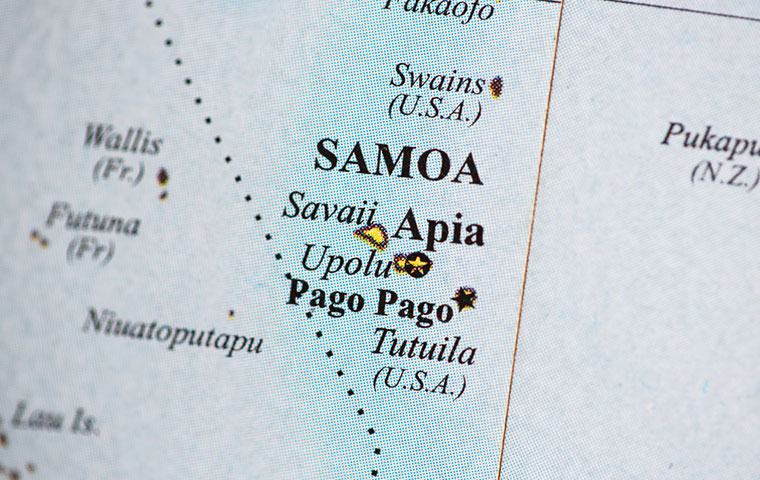 GAO reviewed data collection on American Samoa, the Commonwealth of the Northern Mariana Islands, Guam, the Commonwealth of Puerto Rico, and the U.S. Virgin Islands. Image: Victor Maschek/Shutterstock.com
By: FEDweek Staff
GAO reviewed data collection on American Samoa, the Commonwealth of the Northern Mariana Islands, Guam, the Commonwealth of Puerto Rico, and the U.S. Virgin Islands. Image: Victor Maschek/Shutterstock.com
By: FEDweek StaffThe GAO has called for more coordination among federal agencies on data for U.S. territories, saying that “data gaps for territories are pervasive, but agencies’ efforts to understand and address territorial data gaps across the federal statistical system have been uncoordinated.”
“Gaps in statistics hinder efforts to build evidence, support decisions, and evaluate the effectiveness of policy interventions,” GAO said in a review of data collection on American Samoa, the Commonwealth of the Northern Mariana Islands, Guam, the Commonwealth of Puerto Rico, and the U.S. Virgin Islands.
The GAO said that while the territories occupy less than 1 percent of the U.S. land mass, they account for about 1 percent of the population—the large majority of that in Puerto Rico—and all “lie in strategic locations in the Caribbean Sea or the Pacific Ocean for shipping and military purposes.” They also face common challenges such as outmigration and population loss; high cost of energy and imported goods; increasing vulnerability to frequent and severe episodes of extreme weather; and undiversified economies based on few industries with limited job opportunities, it said.
However, data used for decision-making in federal programs often is either missing or incomplete for them. For example, of 52 statistical products from the National Agricultural Statistics Service only one includes the territories, and of 21 BLS products, Puerto Rico’s inclusion in just four of them is the most coverage for the territories. The report cited issues including their distance from the mainland, technical issues, and the higher costs of gathering reliable data in a relatively small population.
The territories are making efforts to generate their own data to supplement what is collected centrally, it said, but a “coordinated, government-wide approach” to improved data collection for the territories “could better inform decision-makers about how to allocate resources to the territories and how to evaluate their effectiveness.”
It added: “OMB has existing mechanisms that could help coordinate policy in this area. For example, the Interagency Council on Statistical Policy advises OMB on exercising its statutory authorities over the statistical system. Additionally, the Federal Committee on Statistical Methodology supports cross-agency research and makes recommendations to OMB on improving federal data quality.”
Senate Eyes Vote to Pay Federal Employees Working Unpaid
Series of Bills Offered to Address Shutdown’s Impact on Employees
Public Starting to Feel Impact of Shutdown, Survey Shows
OPM Details Coverage Changes, Plan Dropouts for FEHB/PSHB in 2026
Does My FEHB/PSHB Plan Stack Up? Here’s How to Tell
2025 TSP Rollercoaster and the G Fund Merry-go-Round
See also,
TSP Takes Step toward Upcoming In-Plan Roth Conversions
5 Steps to Protect Your Federal Job During the Shutdown
Over 30K TSP Accounts Have Crossed the Million Mark in 2025

